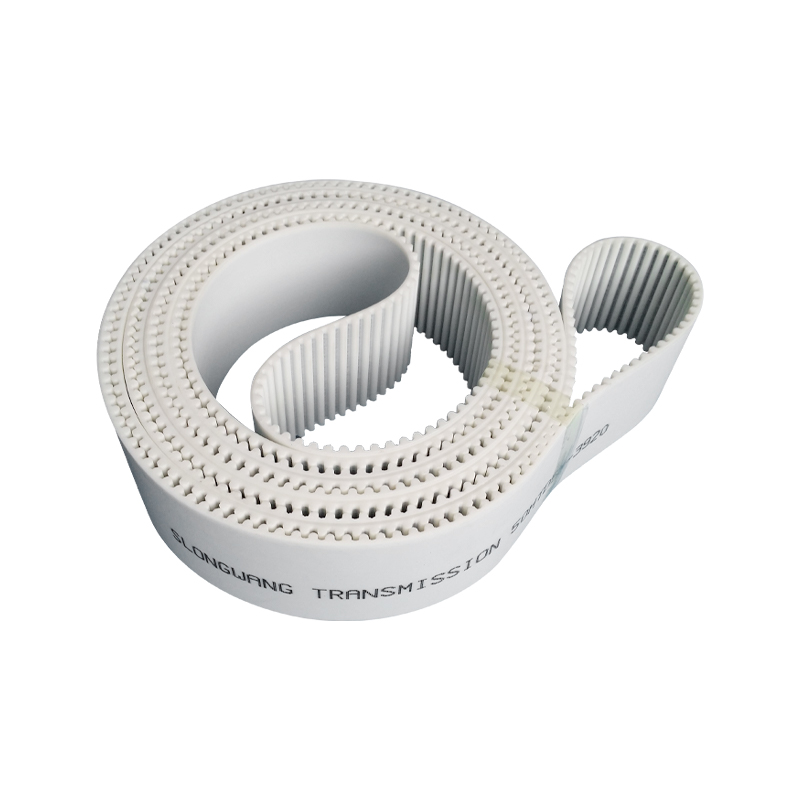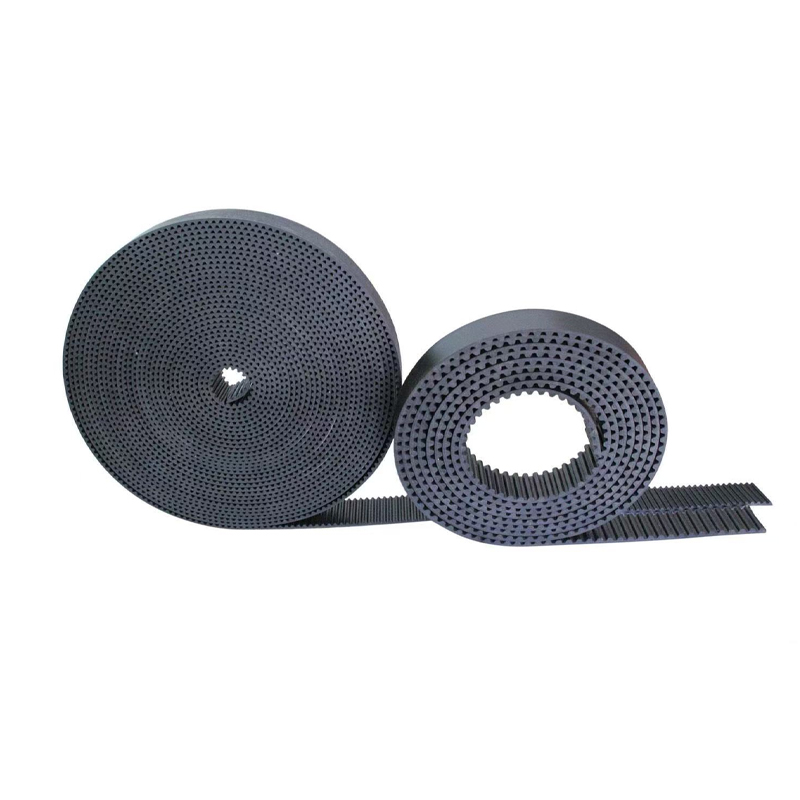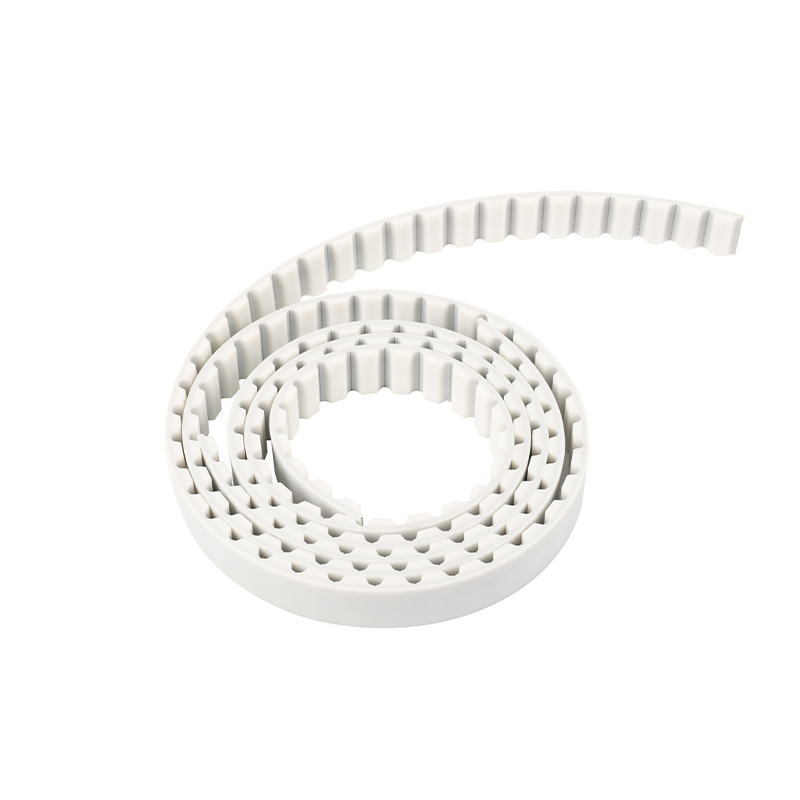What are the effects of fatigue failure of rubber timing belt
2025-04-30
Material performance degradation and structural integrity destruction
The fatigue failure of rubber synchronous belts is a complex material performance degradation process, which is mainly caused by the gradual damage of the internal microstructure of the material. Under the action of alternating loads, the molecular chains of the chloroprene rubber matrix undergo irreversible fracture, resulting in a significant decrease in elastic modulus and hardness. Through the test of a certain automobile engine timing system, it can be found that after 500,000 cycles, the Shore hardness of the synchronous belt dropped from 70A to 55A, and the dynamic stiffness loss rate was as high as 35%, which directly affected the accuracy of the transmission system. Microscopic analysis shows that fatigue cracks usually originate from the stress concentration area of ??the tooth root. Under the action of alternating shear stress, the cracks extend along the 45° direction to form a typical "Z"-shaped fracture surface.
The fatigue-induced cross-linking network destruction further aggravates the degradation of the material. The polysulfide bonds formed in the vulcanization system preferentially break under cyclic load, resulting in a decrease in crosslink density from the initial 10?mol/cm3 to 6×10?mol/cm3, an increase in the material internal friction factor (tanδ) from 0.12 to 0.25, and a three-fold increase in the dynamic heat generation rate. This thermo-mechanical coupling effect is particularly evident in high-temperature environments. For example, in the case of a textile machinery, after the synchronous belt ran for 200 hours in an environment of 85°C, the crack propagation rate accelerated by 40% due to thermal oxidation aging, which eventually led to a sudden break.
Transmission system efficiency and stability decay
The fatigue failure of the synchronous belt has a multi-dimensional impact on the transmission system. At the energy transfer level, the tooth mismatch caused by tooth surface wear significantly reduces the transmission efficiency. The measured data of a packaging equipment showed that when the tooth height error of the synchronous belt increased from 0.05mm to 0.15mm, the transmission efficiency dropped from 92% to 78%, and the energy consumption increased by 22%. In precision transmission applications, this efficiency attenuation is particularly prominent. For example, the positioning error of the wafer transmission system of semiconductor manufacturing equipment due to synchronous belt fatigue has expanded from ±0.01mm to ±0.05mm, directly causing a 15% drop in product yield.
In terms of dynamic stability, the nonlinear change of belt stiffness caused by fatigue causes harmonic vibration in the system. The test results of a certain CNC machine tool show that when the static stiffness loss rate of the synchronous belt reaches 25%, the fluctuation range of the spindle speed expands from ±5rpm to ±20rpm, and the surface roughness Ra value increases from 0.8μm to 1.6μm. When such vibration is transmitted to precision bearings, it will cause pitting of the raceway, thereby shortening the service life of the bearing by 60%. More seriously, the relaxation of the belt due to fatigue may cause tooth skipping. In the timing system of automobile engines, a tooth skipping angle error of more than 1° will cause interference between the valve and the piston, which will cause serious damage to the engine.
Equipment maintenance costs and production risks rise
The economic impact of synchronous belt fatigue failure runs through the entire life cycle of the equipment. In terms of direct maintenance costs, a case study of a mine conveyor showed that the downtime maintenance caused by synchronous belt fatigue fracture, including spare parts replacement, labor costs and production losses, can reach 120,000 yuan per time. By implementing predictive maintenance, the incidence of such incidents can be reduced by 80%. Indirect costs are reflected in the decline in equipment utilization and the loss of product quality. For example, in a food processing production line, the packaging accuracy deviation caused by synchronous belt fatigue caused the average daily scrap rate to rise from 0.5% to 3%. This situation not only increases production costs, but also has a negative impact on the market competitiveness of enterprises.


 English
English 中文简体
中文简体













